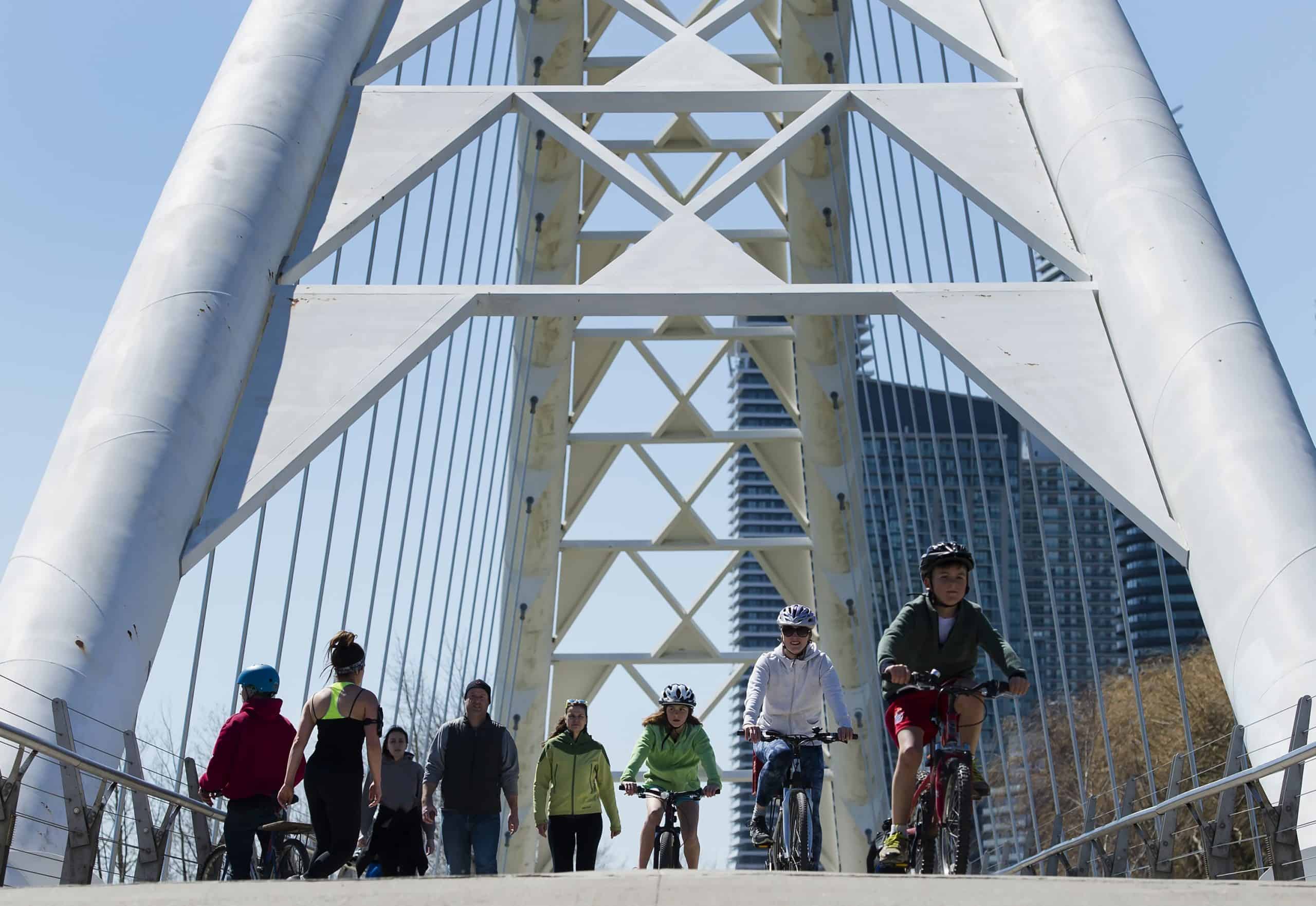Census 2021: A snapshot of Ontario’s population and dwelling data
Published February 9, 2022 at 10:46 am

Canada’s most populous province grew at a faster pace than the rest of the country overall over the last five years, thanks largely to immigration.
Some of the most dramatic local growth happened outside of Ontario’s largest urban areas. A number of First Nations communities were among those with the largest population bumps, and towns like Collingwood and Wasaga Beach were among the fastest-growing areas in the country.
Smaller urban areas known as tourist destinations with proximity to nature — within driving distance of larger cities — attracted migrants from elsewhere in Ontario. The city of London, Ont., meanwhile, saw a 10 per cent population bump that was mainly due to immigration.
Here’s a look at the data.
2021 population: 14,223,942
2016 population: 13,448,494
Population percentage change: 5.8
Total private dwellings: 5,929,250
Private dwellings occupied by usual residents: 5,491,201
Population density per square kilometre: 15.9
Land area in square kilometre: 892,411.76
Communities that grew the most:
Henvey Inlet 2: 200 per cent. The First Nations community on Georgian Bay recorded 15 residents in 2021, up from five in 2016.
Unorganized South East Cochrane District: 150 per cent. This unorganized community in northern Ontario reported 25 people living there in 2021, up from 10 in 2016.
Sturgeon Falls 23: 100 per cent. This First Nations community, part of Seine River First Nation, reported 10 people in the latest census, up from five in 2016.
The Archipelago: 84 per cent. The township in the Parry Sound district grew to a population of 979 people.
Duck Lake 76B: 81 per cent. The First Nations community in the Sudbury, Ont., area had 154 residents in the latest census.
Communities that grew the least:
Census data reported that the top five communities in Ontario with the least growth were First Nations communities with small overall populations.
Red Rock 53: -100 per cent. This First Nations reserve reported zero people living there in the 2021 census.
Gull River 55: -55 per cent.
Aroland: -51 per cent.
Big Island Mainland 93: -50 per cent.
Shoal Lake 34B2: -46 per cent.
This report by The Canadian Press was first published Feb. 9, 2022.
The Canadian Press
INsauga's Editorial Standards and Policies








